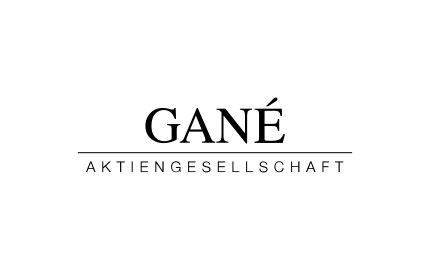“Interest rates are like gravity in valuations. If interest rates are nothing, values can be almost infinite. If interest rates are extremely high, that’s a huge gravitational pull on values.”
In one of his famous quotes in 2016, stock market legend Warren Buffett emphasized the importance of interest rates for the valuation of assets. The gravitational force emanating from rising discount rates can be observed in many segments of capital markets since 2022: The fastest and most aggressive interest rate hikes in recent history led to a veritable stock market crash for unprofitable technology companies, a standstill in mergers and acquisitions and a slump in the property market.
At its meeting on 1st of November 2023, the US FOMC left the target range for the federal funds rate at 5.25-5.50 percent, the highest level in over twenty years. Short-term interest rate cuts are unlikely. Companies, governments and investors will therefore continue to have to deal with unusually high costs of financing. We are preparing for the following gravitational effects:
1. Higher funding costs will lead to a further increase in corporate bankruptcies. While the majority of US companies in the S&P 500 index have skillfully used low interest rates of the past to refinance their debt on attractive terms – almost 50% of their outstanding debt is not due until after 2030 – many zombie companies in the high-risk high-yield segment will have to refinance earlier and at a higher percentage rate. Since zombie companies are not even able to pay low interest payments in full from their operating business, follow-up financing and a higher interest burden quickly become a major, if not insurmountable, challenge.
2. Higher interest rates will bring the true performance of management and business models to light more quickly and clearly. A recent study by the US Federal Reserve shows that 40 per cent of the real growth in US corporate profits between 1989 and 2019 was due to lower interest expenses and lower corporate tax rates. This tailwind has turned into a headwind.
3. Higher interest rates inevitably lead to increasing debt servicing for governments. The era of falling interest expenditure and rising debt is over. In Germany, interest expenditure by the federal government totaled just 4 billion Euros in 2021. According to estimates by the Minister of Finance, they will rise to around 40 billion Euros in 2023. In addition to higher interest rates, losses on bond issues will also have a negative impact. According to a study by Goldman Sachs, federal interest expense in the USA will double from 2 to 4 per cent of GDP over the next seven years. This additional expenditure will make financing the US national budget even more difficult – there is already an annual primary deficit over 2 per cent of GDP. And this does not even include the interest to be paid on debt already issued.
GANÉ continues to monitor the gravitational force of high interest rates very closely. We remain focused on shares of highly profitable winning companies with low levels of debt and on short-term government and corporate bonds with high credit ratings and liquidity.
Author:

